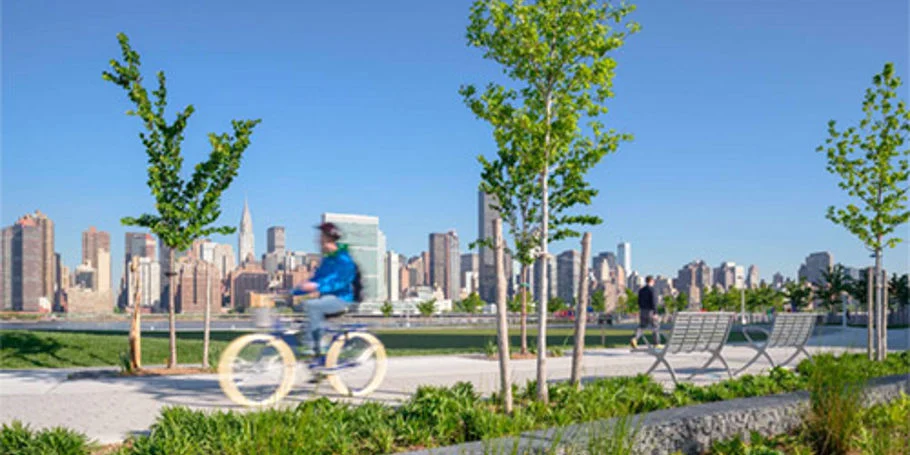Nature reporting: data integration for holistic assessments
The new tool will integrate several data layers, allowing TII to score the distinctiveness, condition, and strategic significance of habitats within a project area. It can be used across project stages from option appraisal through to assessment, incorporating the necessary level of detail at each stage. For options appraisals, the tool will use geospatial data from the new National Land Cover Map (LCM) developed by Tailte Éireann and Ireland’s Environmental Protection Agency to remotely identify habitats; while the preferred option stage will include bespoke ecological surveys on habitat condition designed by Arup.
The team are also investigating how the tool might consider protected species, as linking species with habitats can help assess the strategic significance of a particular habitat in specific locations.
Our work will lead to the development of a new biodiversity metric for TII that is tailored to assessing and monitoring biodiversity in Ireland, expanding on the Fossitt habitat classification to reflect the characteristics and uniqueness of national habitats.
In practice: route option appraisal
The tool will feed into the traditional option appraisal system, where different route options are explored and compared during the initial stages of a project. Using the Tailte LCM, it can help appraise the biodiversity impacts of different route options. By combining habitat area with habitat distinctiveness and condition (along with other multipliers like the strategic importance of certain habitats), the tool scores options and helps identify the best possible routes to avoid and minimise biodiversity impacts.
The tool will also be able to operate at scale, taking a holistic view of TII’s portfolio: if delivering no net loss or BNG is challenging in one project, it can help identify alternative suitable sites for intervention. Specialist ecologists will have a significant role to play, as the tool will need qualitative input to feed into the score to better address the complexity of biodiversity.
It’s now for nature
The scale of the tool makes it possible for TII to assess future projects and to report on them once implemented, as well as to assess its network of existing projects and managed land. By gaining an organisation-level understanding of biodiversity impacts and opportunities, TII can contribute more effectively to nature restoration and future proof the organisation for emerging biodiversity reporting requirements.







